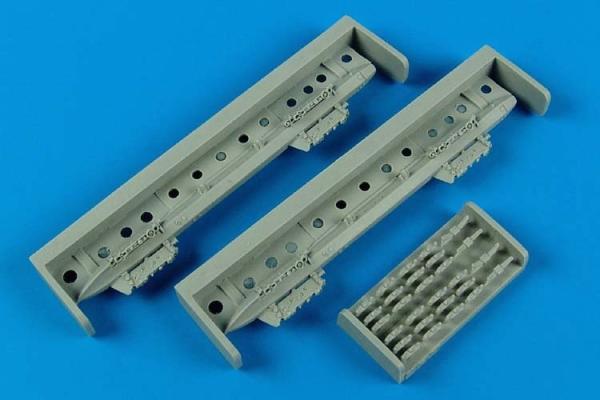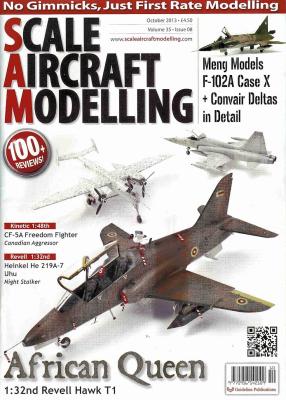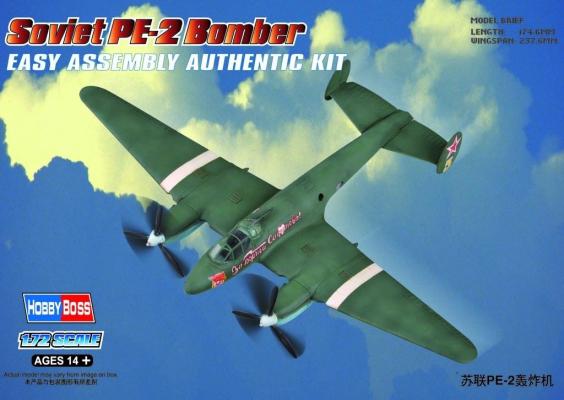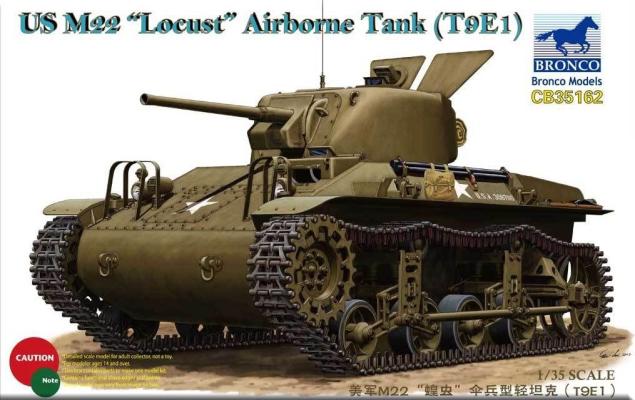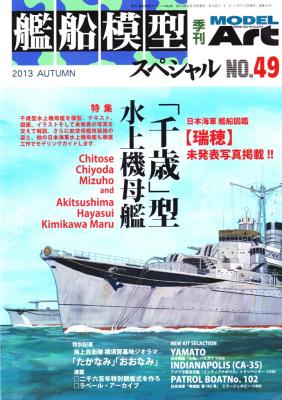The US Navy Multiple Ejector Rack MER-7 is a weapon suspension unit that attaches to an aircraft's main racks (pylons or hard points) and can carry up to six weapons, such as a variety of bombs. This is currently used by the Navy only, as, according to sources, the Air Force quit using them in the 1990's. They have been used on the A-6 to F-105's.
Welcome to the IPMS/USA Reviews site!
Introduction: The primary organization of the IPMS/USA Review website is by IPMS/USA National Contest Class. Within each Class there are sub-menus by kits, decals, books, etc. The Miscellaneous Class is for items that are not class specific or that cross two or more classes.
IPMS/USA Members: We encourage you to submit reviews, both here and to the Journal. To volunteer for membership in the IPMS/USA "Reviewers Corps" and submit your own reviews, please read the Guidelines For Submitting Product Reviews.
Manufacturers, publishers, and other industry members: IPMS/USA is pleased to offer your company the opportunity for product reviews. All product reviews are performed by IPMS/USA members, and are posted in the publicly-accessible section of our website. With very few exceptions, we perform full build reviews of new kit releases, aftermarket products, and supplies. If you would care to provide product samples for review, please contact John Noack, IPMS/USA 1st VP.
To learn more about IPMS/USA, please see our About Us page.
Each issue of Scale Aircraft Modelling follows a basic design and format. There are usually two Feature Articles, an Aviation in Profile piece, industry news, and a series of Compact Build Reviews. This is my first chance to review this magazine and I am impressed.
The Feature Articles for this issue cover a Revell 1/32 BAE Hawk and AZ Models 1/48 Heinkel He70. The Hawk build by Brian Wakeman covers building the Revell Hawk kit with an Aires seat, SAC landing gear, and Airframe decals for an African scheme. He covers the build thoroughly, including the need for replacement seats and his painting and weathering techniques using oils and variations in paint colors.
History
The Petlyakov Pe-2 (nicknamed Peshka – “Pawn”) began life in 1939 as a high altitude fighter project, designated VI-100. It was designed under very unusual circumstances, as the design team which included both Vladimir Petlyakov and A.N. Tupolev had been swept up in one of Stalin’s paranoidal purges, and both were imprisoned as “threats to the state.” However, they managed to begin design work during 1939, producing a high altitude fighter prototype by the end of that year. Later, when the Russians discovered that Germany didn’t have any high altitude bombers, the fighter project was canceled.
What’s in the box? The kit consists of close to 300 parts in olive-colored plastic (not all parts will be used), eight clear parts for periscopes and headlight lenses, one PE fret with 49 parts (again, not all will be used), one decal sheet for five different vehicles, and a twenty-page instruction book on glossy paper. All parts are very crisp with no flash or knock-out pin marks that will be visible in the end, just the usual mold lines and attachment points to clean up. I suggest that you be careful when removing the parts as many are tiny and may end up in the carpet monster. One standout feature is the one-piece idler wheels, truly a remarkable slide molding that captures all the detail.
This is Model Art Magazine’s special quarterly issue that focuses on naval subjects. As with the regular Model Art Magazine, this is printed in Japanese with some English subtitles. This special ship model edition focuses on the "Chitose Japanese Navy seaplane carrier type".
This issue starts off with detail drawings of the IJN seaplane carrier Mizuho. They cover such items as the anchor, vents, cleats, portholes and the trim over them, armament, linoleum decks and how they were secured, and armament – very valuable information for modelers. Next is a one-page article on new items that are coming out.











